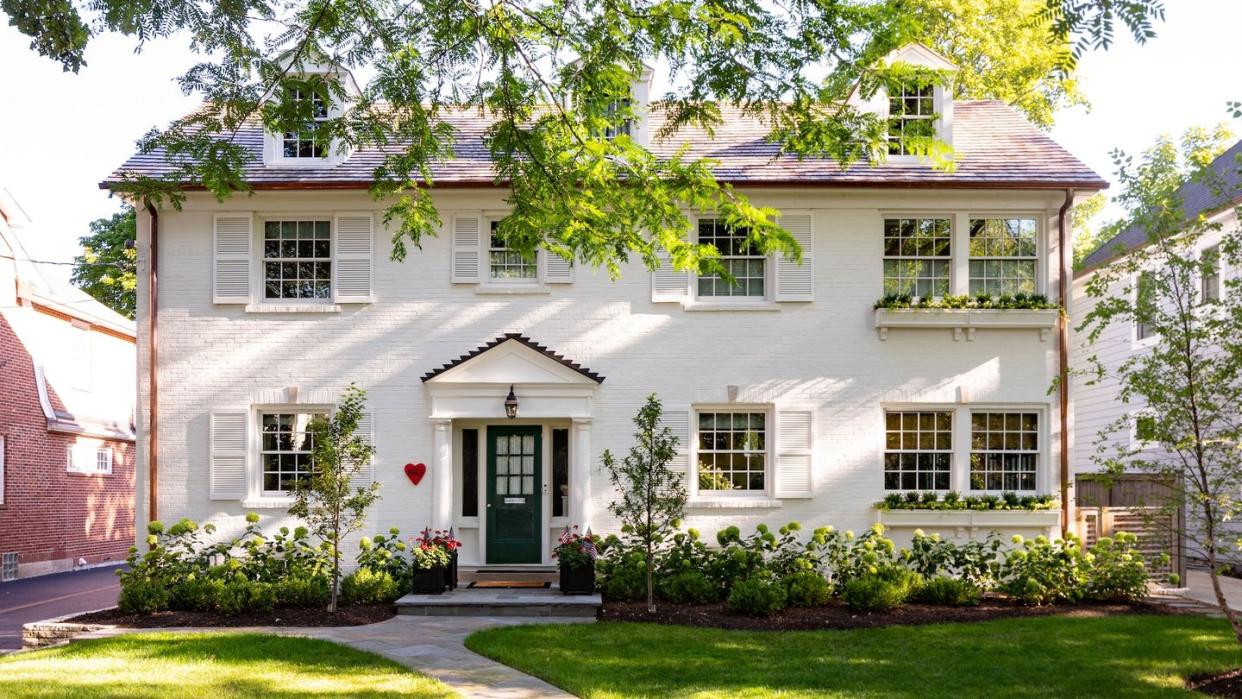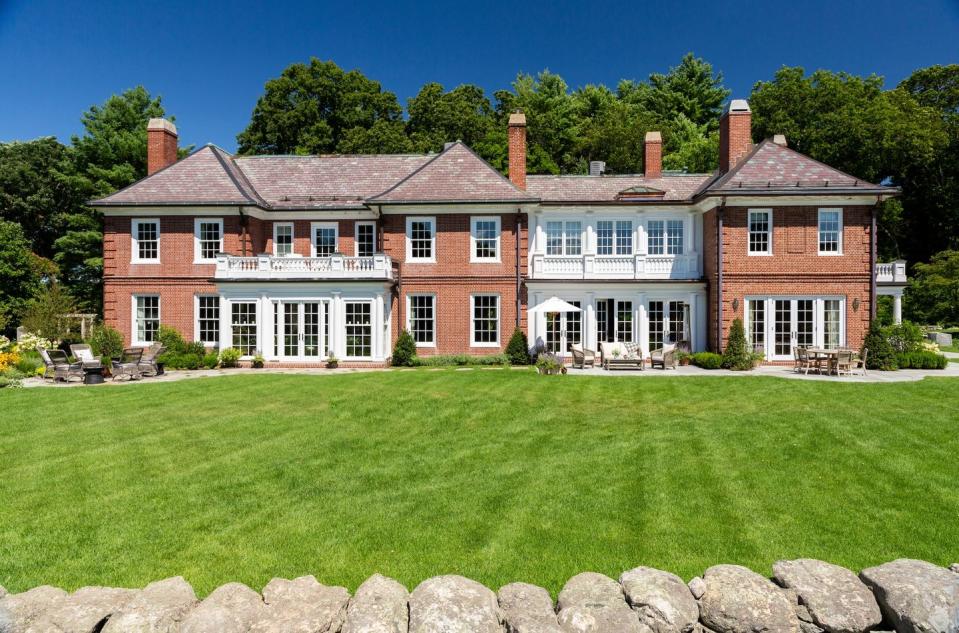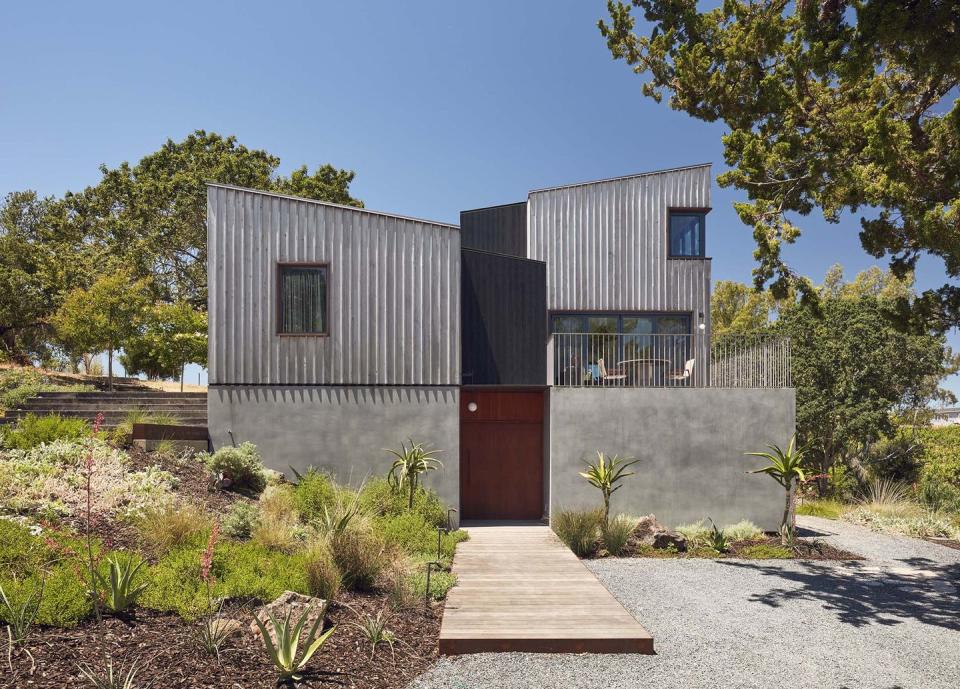Is Pre-War Architecture Just Outdated Style With Good Marketing?

"Hearst Magazines and Yahoo may earn commission or revenue on some items through these links."
We at House Beautiful are big fans of life's most heated debates: sweet or savory, uptown or downtown, and maximalist or minimalist, to name a few. One such divisive dispute that's causing arguments lately: pre-war or contemporary architecture. Similar to the previous "this or that" topics, there's no right answer here. In fact, a strong case can be made for either. So, we asked some of the design community's most illustrious architects to argue their side of the debate.
First, though, we're going to situate each style of architecture in both time and space. As its name implies, pre-war architecture refers to structures designed and erected before World War II, but it doesn't encompass all buildings built before that time; just those erected between the start of the 20th century and the beginning of the war. These types of residences, which can be apartment complexes or standalone homes, appear mostly in major American cities, notably in Manhattan and Brooklyn. On the opposite end of the design spectrum, contemporary architecture features a much more streamlined and less ornate look than its predecessor and can be found anywhere in the U.S. It refers to residences built between the late 20th century and the present day.
Let's get into it, shall we?
Why We Should Continue Embracing Pre-War Architecture

As any architecture enthusiast who slows down while driving on a historic street dotted with 100-year-old homes knows, they just don't make houses like this anymore. And we're not just saying that as a sentiment; we're stating it as a fact. The artisans who created such works of art throughout the first half of the 20th century practiced crafts you don't often see these days. This explains why a historic home from this era may be more intriguing to some, including Patrick Ahearn, founder and lead architect of his eponymous firm in Boston. In a pre-war home, "you'll see elements like beautiful inlaid hardwood floors, significant crown molding, and plenty of wood-burning fireplaces," he says.
Ahearn isn't the only prominent figure in the design community who would rather renovate and improve upon pre-war architecture than create a new build. "Pre-war architecture is timeless, well-built, and functions as the bridge between the past and modern living," says New York City-based Stephen Chrisman, partner at Ferguson & Shamamian Architects. "The details and materials in pre-war architecture provide character and give context to a house or building and bring real beauty into our lives." Of course, there are plenty of restorers and builders out there who can expertly recreate the ornate and sometimes lavish details often found in the nooks and crannies of old structures, but it just isn't the same as actually living with the original architecture. "These houses can be very easily revived, and in doing so, you can breathe new life into a structure that's full of character and uphold the fabric and themes of an overall neighborhood," Ahearn notes. That coveted sense of character, history, and community is what can't be easily recreated.
A Case for Starting Fresh With Contemporary Architecture

"Contemporary architecture is a broad and evolving term. It often includes open floor plans, large expanses of glass, and a blend of indoor and outdoor spaces," explains Matthew Bowles, founding principal architect of TenBooks, which has studios in both San Francisco and Los Angeles. "It is also marked by a willingness to experiment with new aesthetic concepts, merging various cultural influences, and embracing the individuality of each project." Contemporary architecture isn't bound by specific principles the way pre-war architecture may be, which makes it a bit more freeing and experiential. Plus, as Charlap Hyman & Herrero's principal architect Andre Herrero notes, "Pre-war architecture generally has lower degrees of light and air than contemporary architecture does, and it is often more rigid—especially when it comes to the possibilities of where you can take it."
There's also a general simplicity of contemporary architecture that's quite literally designed to make the ease of living more enjoyable and comfortable. It's less about decorative details and more about function that doesn't skimp on style. "Contemporary architecture is less ornamental, if you're into that," Herrero adds. Bowles points out that, because there's less extravagance to take in, contemporary architecture tends to feel a bit more calming to the eye than its pre-war counterpart. "The zen-like simplicity of form and functional driven design make it well suited for modern living," he says.
How to Know Which Style Is Right for You
When you're torn between two opposite looks, like pre-war and contemporary architecture, think about which one you gravitate towards based only on aesthetics. Ask yourself which type of architectural vibe you can see yourself actually living, cooking, sleeping, and entertaining in, and doing so happily. Both pre-war and contemporary architecture can work in pretty much any type of city and landscape, but if the seamless blend of indoor and outdoor is important, you may want to opt for contemporary. On the other hand, if you want to get lost in thought gazing at the extravagant millwork or stoke a wood-burning fire after a long day, pre-war may suit you best. "Typically, pre-war architecture conjures up images of large, generously proportioned rooms with high ceilings that often flow seamlessly from one into the other. Wood moldings, trim details (especially large-scale cased openings or doors), and stone fireplaces tend to be features of beautiful pre-war spaces," says, Hormuz Batliboi, principal architect at Brooklyn-based Batliboi Studio.
In the end, one style does not reign supreme over the other. That said, one of them will be better for you and your needs, so if you're moving into a new space—whether it be an apartment or a single-family house—think about how you'll be living in it to help inform your decision.
Follow House Beautiful on Instagram and TikTok.
You Might Also Like

